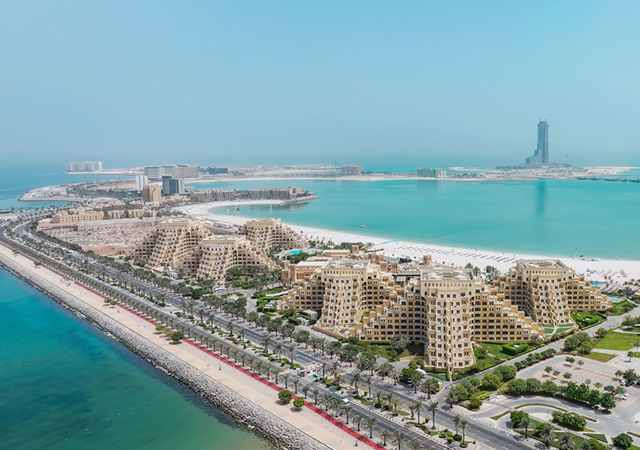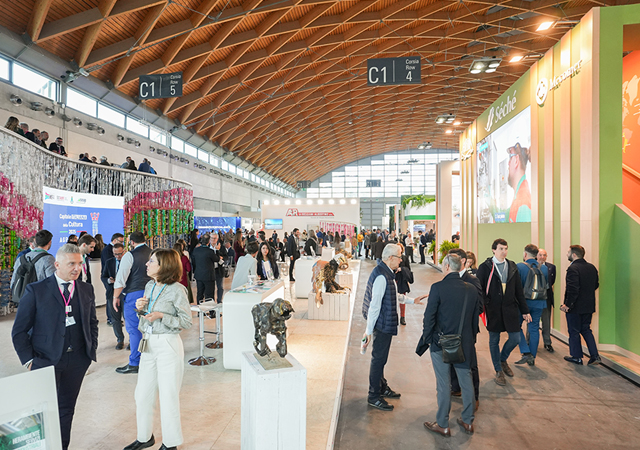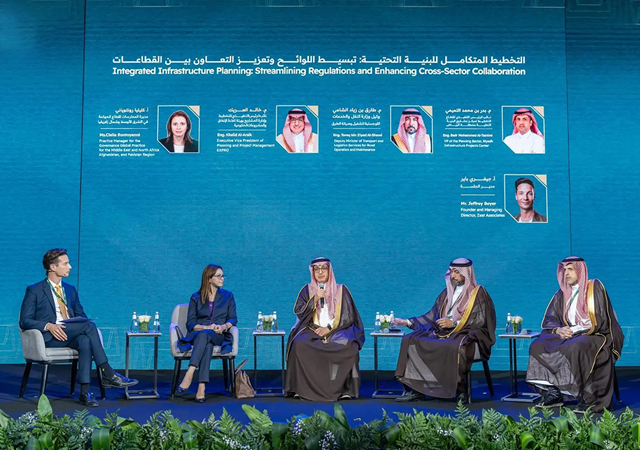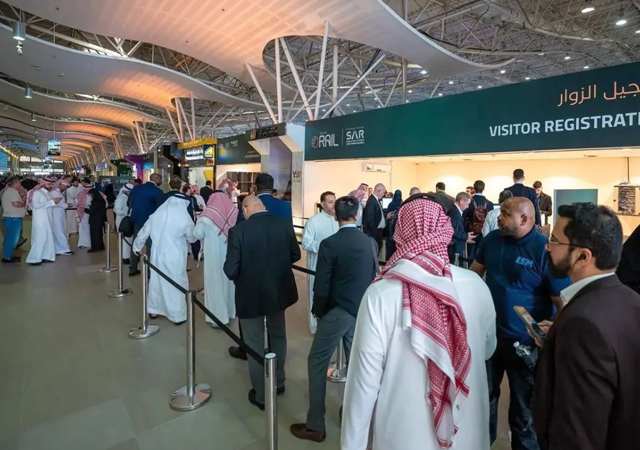
The signs are encouraging. With the worst of the economic downturn behind it, Egypt is pressing ahead with a number of projects that are essential to ensure its sustained growth.
The country has witnessed its first surplus in the balance of payments in 2002/2003 since 1997. Also, tourists are returning and a large number of investors are showing interest in developing projects in the country where the private sector accounts for a major share of the GDP.
Airport expansion and construction of tourism facilities, industrial growth and with it the development of the power and water sector are key focus areas for the country over the coming year.
Among the major building projects on the anvil are the Grand Egyptian Museum and the American University of Cairo’s $300 million new campus project. The museum which is expected to be the world’s largest, is estimated to cost of $350 million and will be built near the Great Pyramids at Giza. The winning design was selected last June. The Grand Egyptian Museum, scheduled to open in 2008, will comprise 38,000 sq m of exhibition space on a 500,000-sq m plot of land.
The American University of Cairo’s new campus will cover a 260-acre site to the east of Heliopolis, at the heart of the planned New Cairo residential development. The project and construction manager is the US’ Fluor Daniel International.
Airports
The Civil Aviation Ministry has drawn up a development programme to be implemented over the next three years, which involves the upgrade and expansion of international airports in the south and east.
The largest project in the scheme is the expansion of Cairo International airport. A total of 12 prequalified bidders have submitted quotes for the $400 million construction of terminal 3 in Cairo International Airport, which includes the construction of a third terminal, including a concourse, three skyways and ancillary buildings over a total built-up area of 164,000 sq m. The proposed terminal will increase capacity by11 million passengers a year from its current capacity of nine million passengers (see Regional News).
The next largest project is the construction of a new international airport at Borg Al Arab. The $100 million project, for which preliminary designs have been drawn up, will involve construction of two terminals, a 3,500-m-long runway, an apron for 14 aircraft and a control tower.
Other projects include the upgrade and expansion of three airports at Luxor, Sharm El-Shaikh and Hurghada. The most advanced of these projects is the $40 million Luxor scheme, which involves expanding the existing passenger terminal, building a new transit hall, refurbishing the existing check-in hall and upgrading the runway and taxiway. The project is scheduled for completion in 2005.
A $50 million upgrade has been planned for Hurghada airport while the Sharm El-Shaikh international airport is expected to cost $44 million.
Egypt is also developing its ports infrastructure. One of the major projects in this sector is the multipurpose port at North Al Sukhna, located 120 km southeast of Cairo. The first phase of the project opened in October 2002. The present facilities include a $55 million container terminal, a $4 million fertiliser terminal, a $22 million general cargo/ro-ro terminal and a bulk terminal. A second basin is now close to completion.
The project is part of an area referred to as the Suez Special Economic Zone which covers an area of 22,240 acres. By 2005, a $57 million agri-bulk terminal and a $65 million liquid bulk terminal with a double jetty will be added.
Among other developments, the Ministry of Transport will shortly launch a $26.8 million project to raise the annual capacity of Damietta port in northern Egypt.
Power & water
Major projects are expected to get under way under an emergency plan to add 4,500 MW to Egypt’s power generating capacity by 2007. About $300 million will be invested in the construction of a 750 MW combined-cycle power plant in Talkha, northern Egypt. The plant is expected to become operational in 2007.
A total of 500 MW will be added to the country’s electricity distribution network in the first quarter of this year when the first phase of the North Cairo power plant will be put into operation. In addition, work is expected to be launched shortly on the 750-MW second phase of the Cairo North combined cycle project.
A second 1,500 MW combined cycle plant is also under construction at Nuberiya as part of the programme, while another project to be tendered is a 750 MW combined cycle plant at Kureimat.
German firm Fitchner and Egyptian Systems Engineering are preparing preliminary specifications for the construction of a 127 MW power plant, involving a total investment of $120 million. Construction of the plant – the first of its kind in the region – is to begin in 2005 in southern Giza. The station, which will be powered by solar energy during the day and natural gas at night, is projected to be the first of a series of similar plants, with a total capacity of 750 MW, to be constructed by 2010.
South Valley
Egypt is investing an estimated $1 billion into the South Valley development project to turn some 1.5 million acres of Egypt’s southern desert into farmland. By 2017, the government hopes to have relocated about 16 million people from the Nile Valley and the delta to the South Valley. The largest area to be irrigated under the scheme is at Toshka (see separate story).
Leisure facilities
Work is moving ahead on the $1.2 billion tourism resort complex being developed along an 18 km coastline on the Red Sea by the Kuwait-based Kharafi Group. It includes two five-star hotels – a 350-room facility, work on which is expected to be launched shortly and the 120-room Coral Beach Diving Hotel, is due to open in mid-2004. A third five-star facility will also be developed, along with two four-star hotels under the $180 million first phase of the project. The development also includes Egypt’s only build-operate-transfer (BOT) airport, which received its first international flights last May.
Egypt will set up two yacht marinas worth a total $142 million in a move to boost yacht tourism in the country. The first marina, to be set up in Marsa Alam on the Red Sea coast, includes construction of a marina with a berthing capacity of 1,000 yachts, a filling station, a tourist complex and entertainment facilities.
The marina will be set up in three phases. The project will cover an area of two million sq m, including 265,000 sq m during the first phase and 516,000 sq m in the second phase and the remainder in the third phase.
The second marina will be built in Port Said, northern Egypt. The project also involves the setting up of a tourist centre.
A mega tourism development under way in Alexandria – the San Stefano mixed development project – is due for completion in October (see separate report).
Among other projects, the Sheraton Heliopolis Hotel in Cairo is to be expanded at an estimated cost of the $50 million. Scheduled for completion in 2004, the new building will have a built-up area of 51,000 sq m and contain an additional 285 rooms.
Egypt’s Relantex Tourist Villages Company is building an international 18-hole golf course in Nabq, some five km from Sharm El-Sheikh International Airport. The golf course is part of the Sinai Golf City being implemented by Relantex on an area of 1.25 million sq m in Nabq Bay.
Industry
Egyptian Petrochemicals Holding Company (Echem) is developing the estimated $196 million linear alkyl benzene (LAB) plant, which will have a capacity of 80,000-tonne-per-year (tpy), to be built in Alexandria.
Another major project in Egypt’s petrochemicals masterplan is a planned $225 million propane dehydrogenation (PDH) plant, which will be developed alongside the 160,000-tpy polypropylene (PP) plant owned by Oriental Petrochemicals Company (OPC) at Port Said, northern Egypt. The $300 million project is part of OPC’s plan to build a total of 14 petrochemical plants nationwide.
Construction work is under way on the first phase of a liquefied natural gas (LNG) plant at Idku, some 40 km east of Alexandria. The project is being developed by the El Behera Natural Gas Liquefaction Company, a joint venture of British Gas, Petronas and Gaz de France with the public sector Egyptain General Petroleum Corporation (EGPC) and Egyptian Natural Gas Holding Company (Egas).
Two trains will be constructed in the first phase. The site, however, could accommodate a further four trains at a future date. The first train is slated to be operational by the third-quarter of 2005.
• Cairo-based Joint Arab Investment Corporation (Jaicorp) plans to launch construction on an estimated $325 million integrated steel project in Western Suez. The scheme involves construction of a 1.2 million tpy direct reduction plant and a one million-tpy steel-making plant.
• The Egyptian General Authority for Investment and Free Zones (Gafi) has approved the setting up of a $128.1 million plant manufacturing, refining and packing beet sugar, south of Port Said.



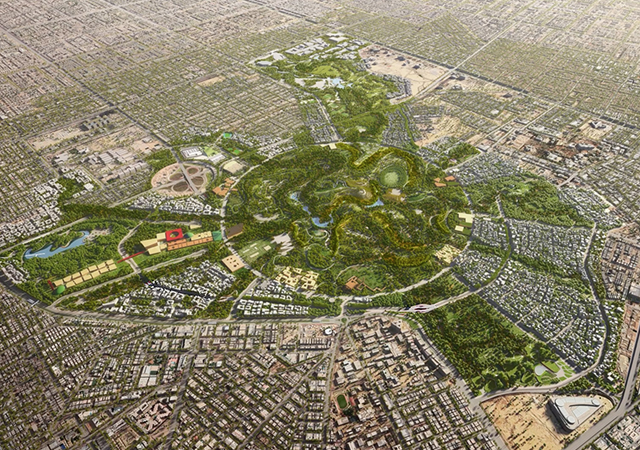
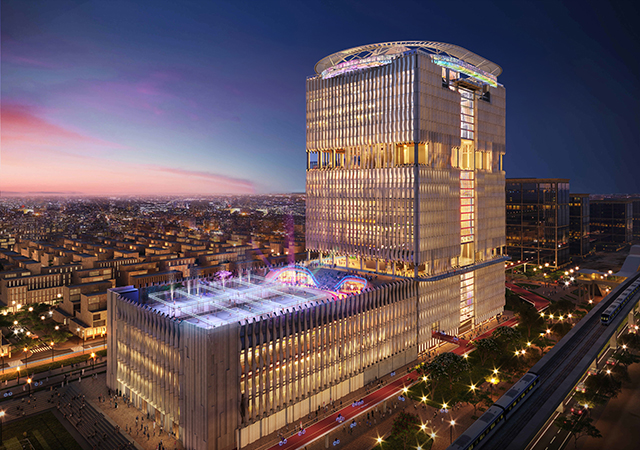
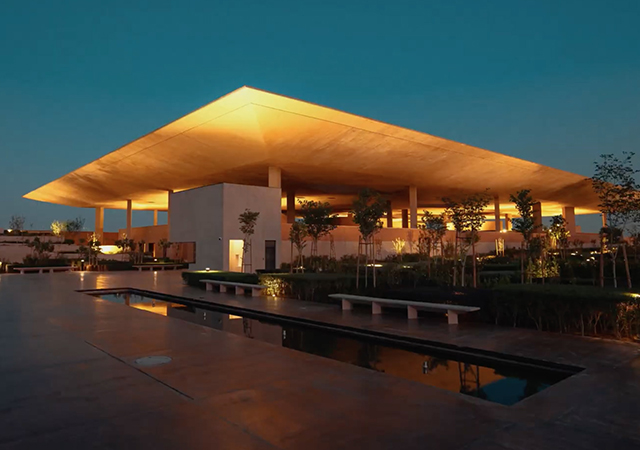
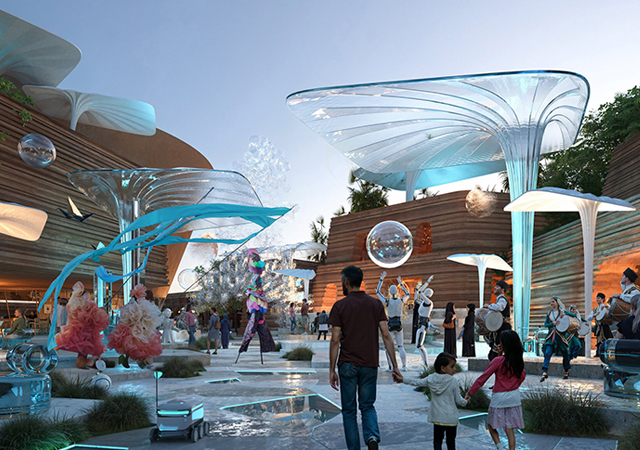
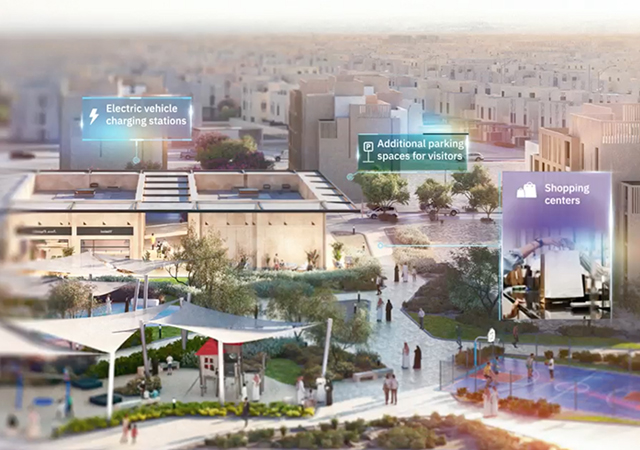
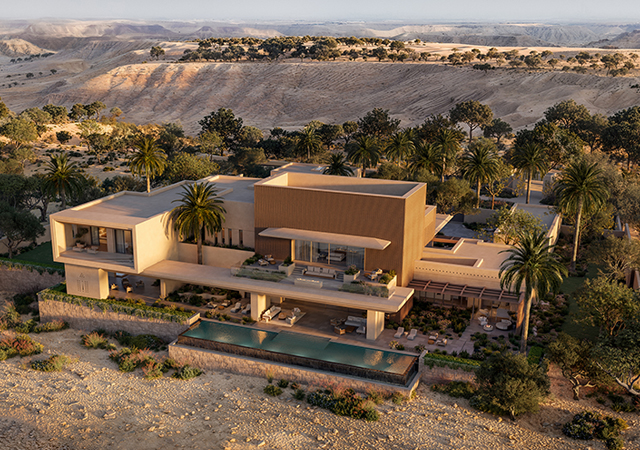
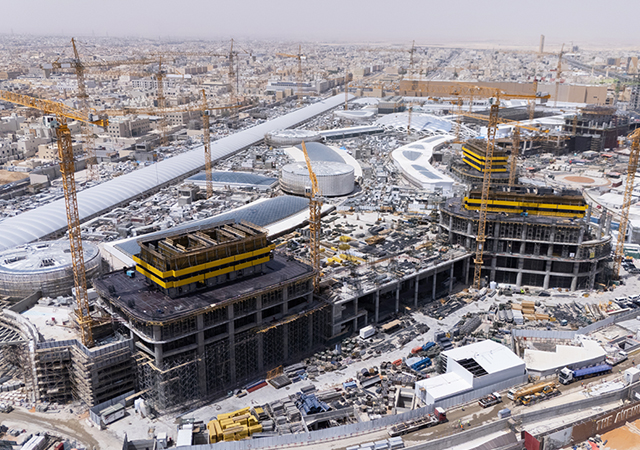
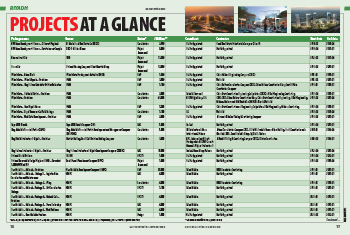
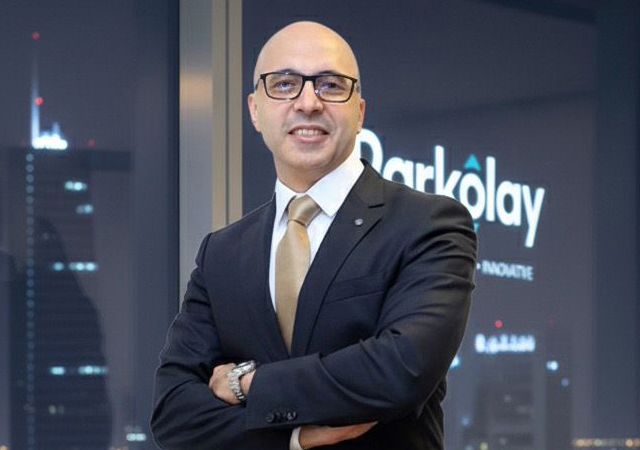
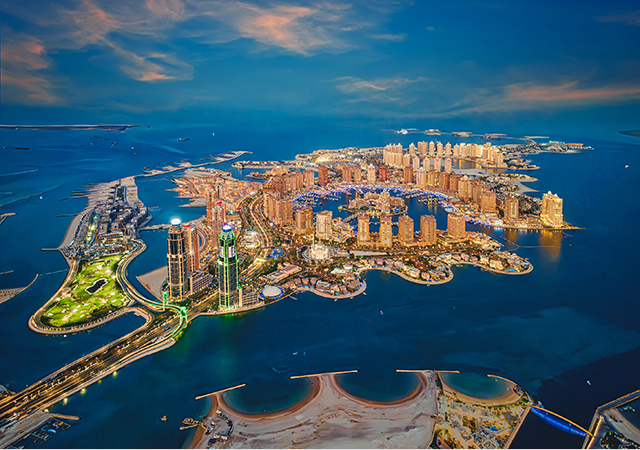
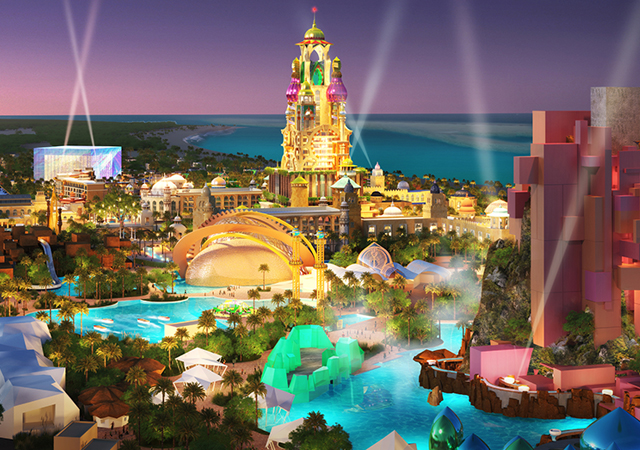
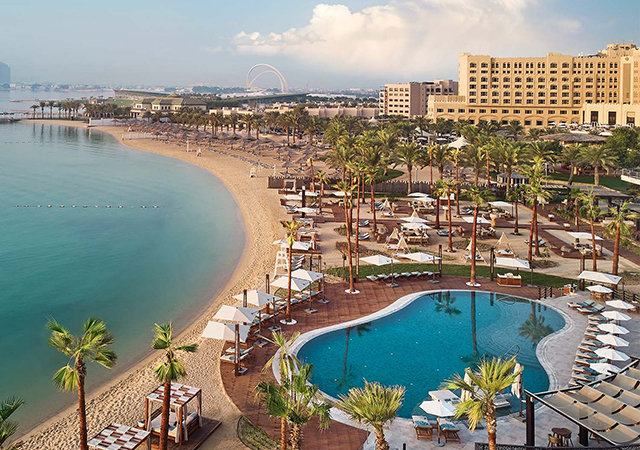
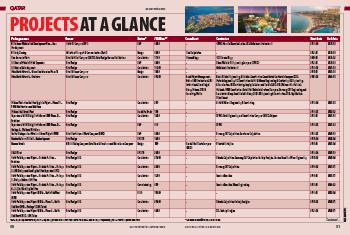
.jpg)
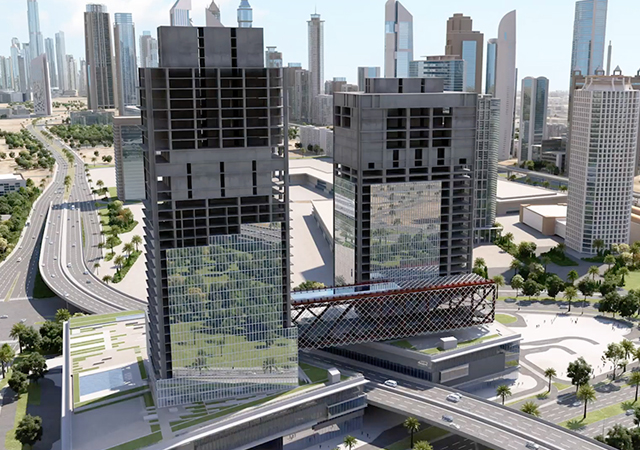

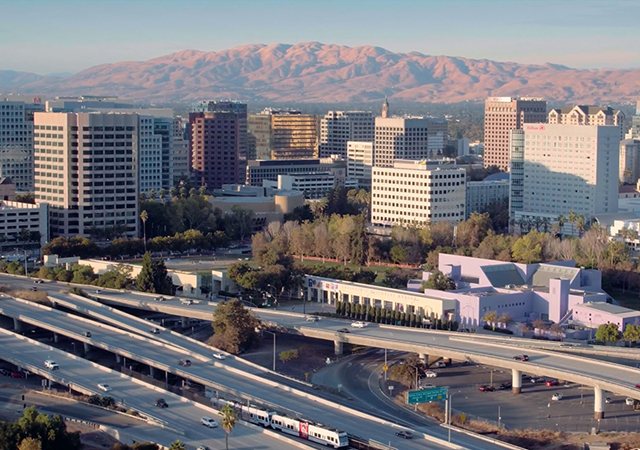
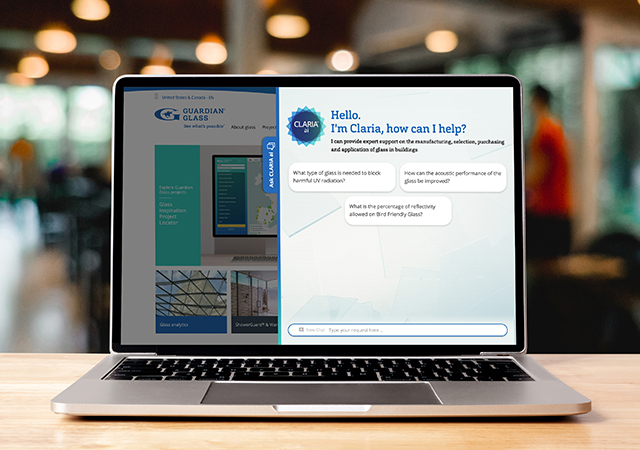

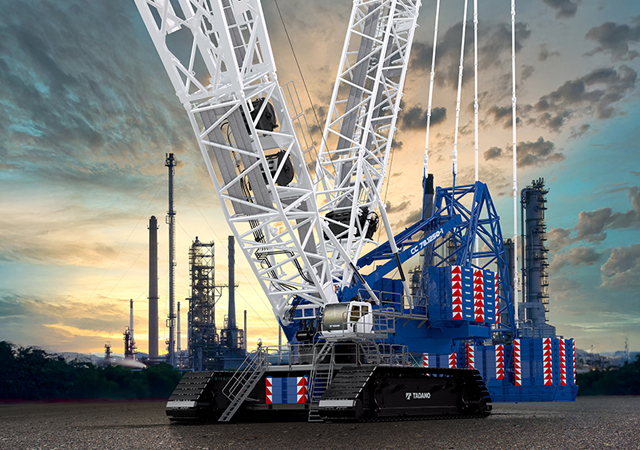
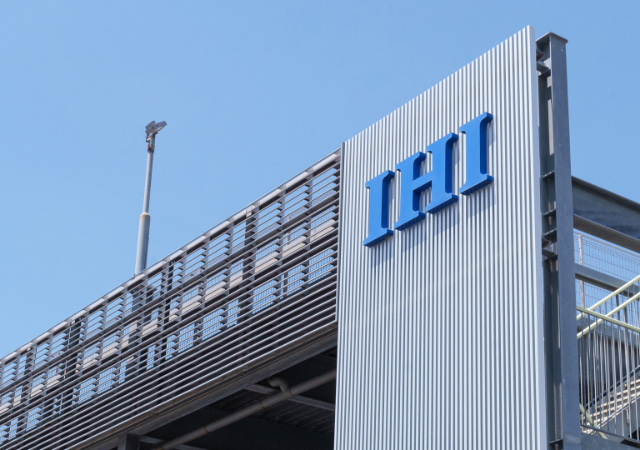
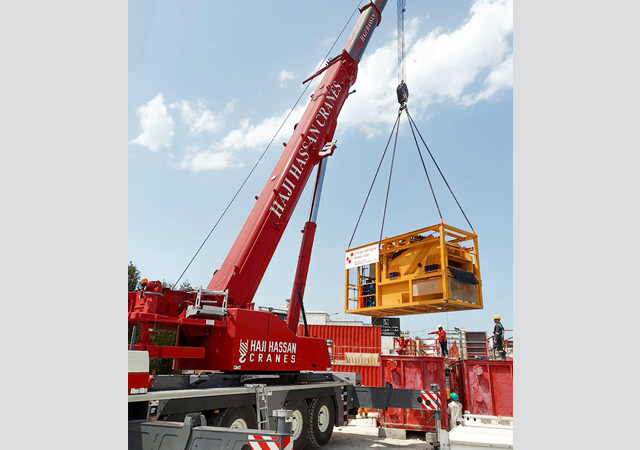
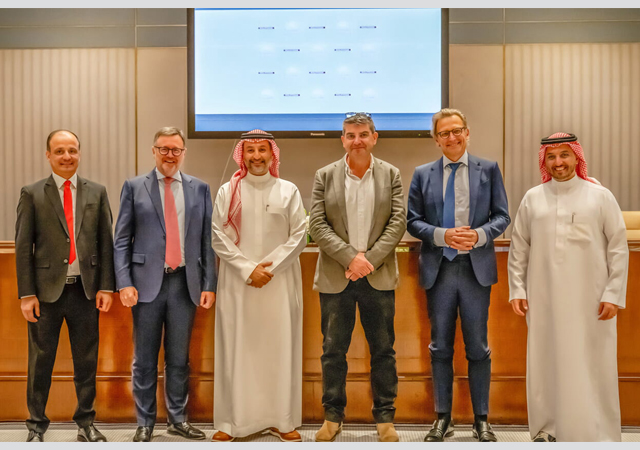
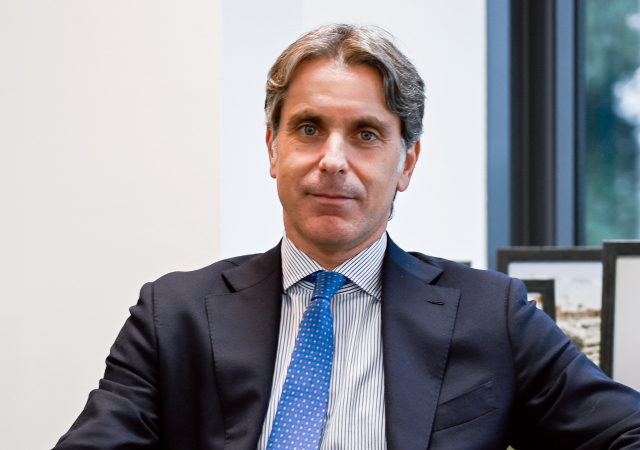
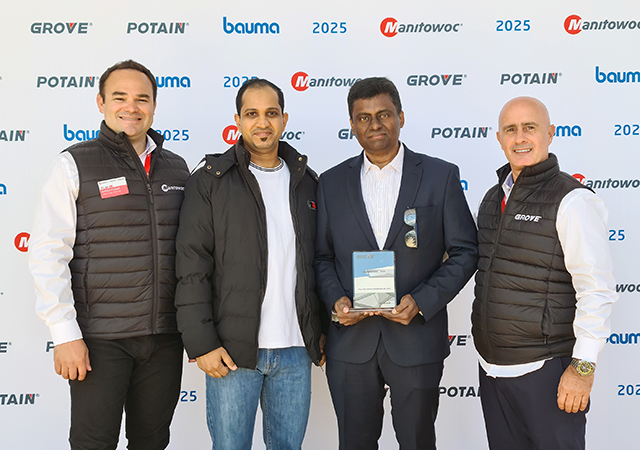
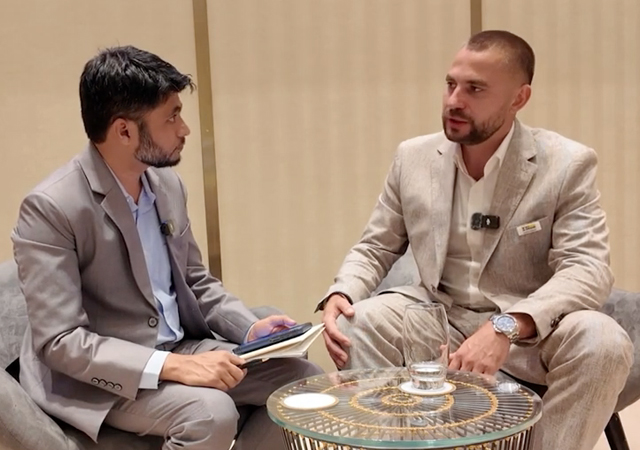
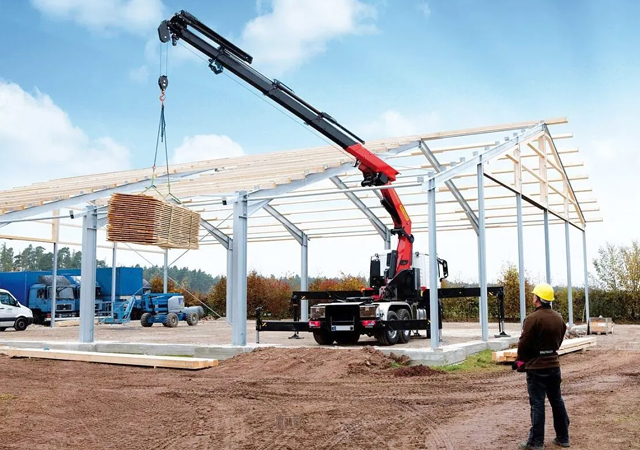
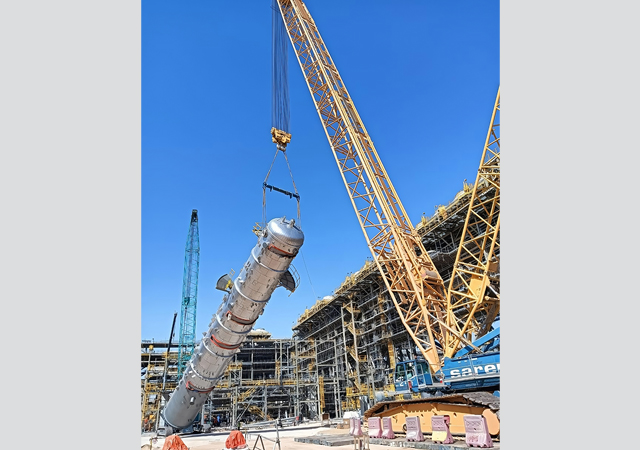
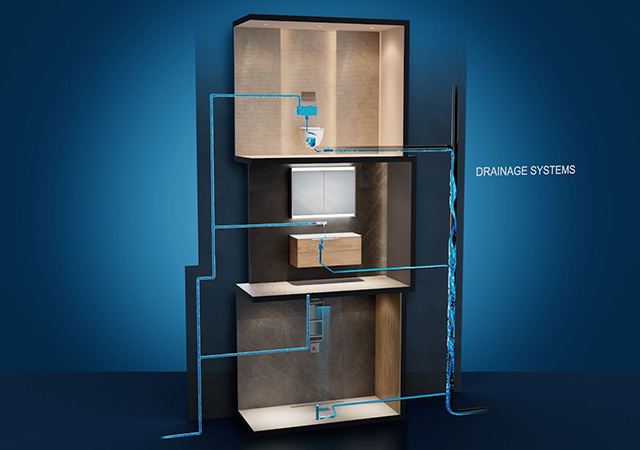
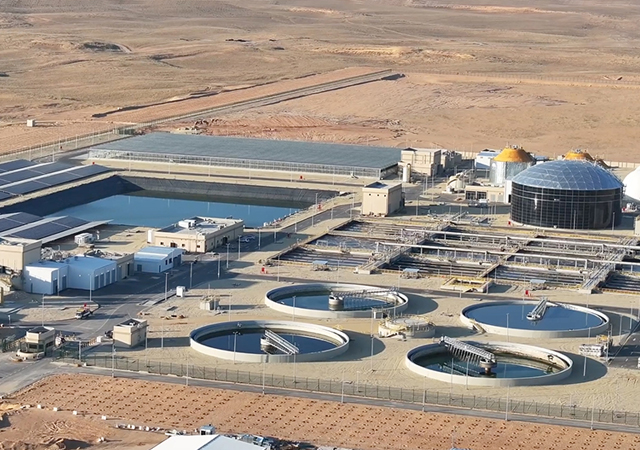

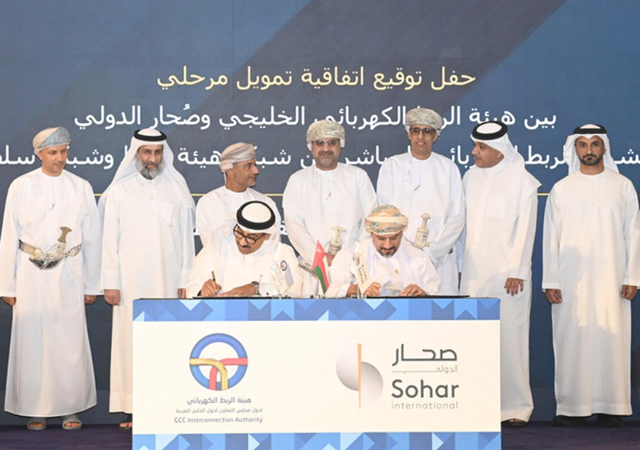
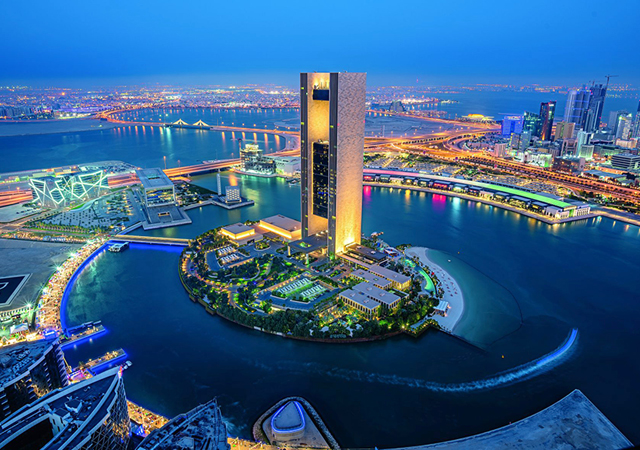
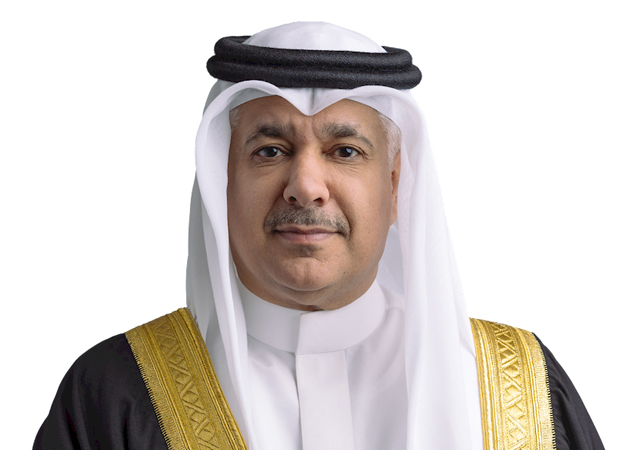
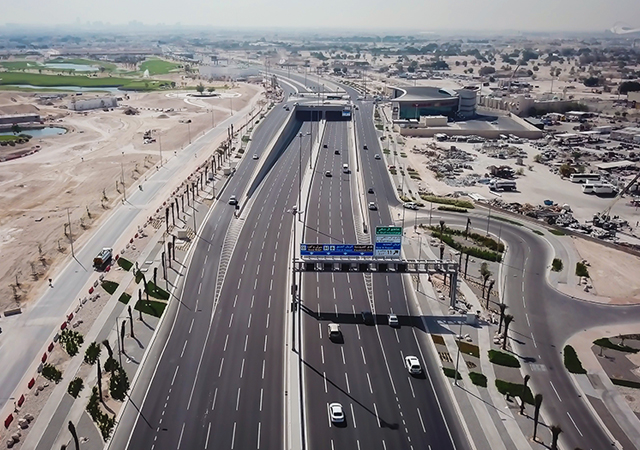
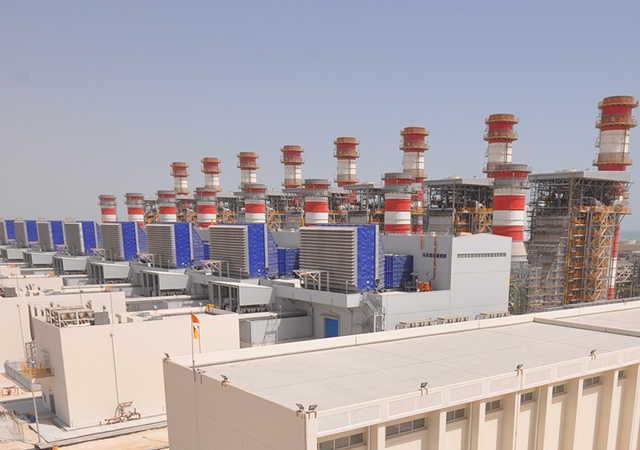
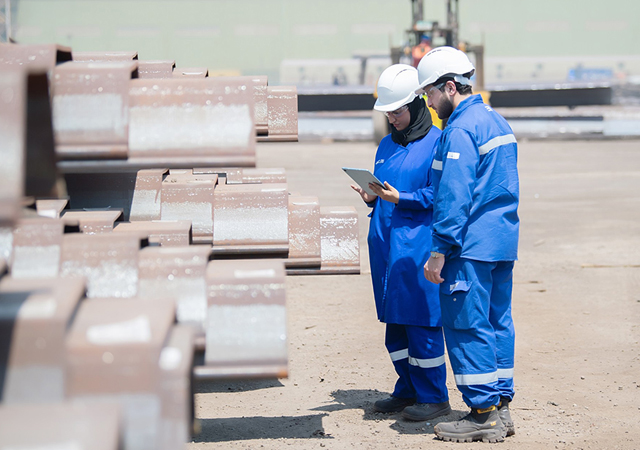
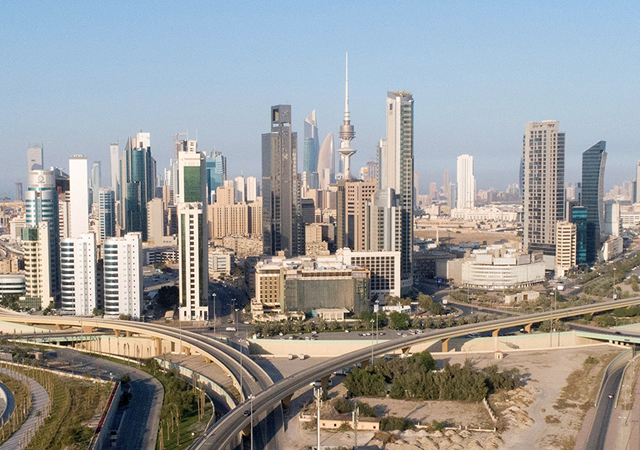
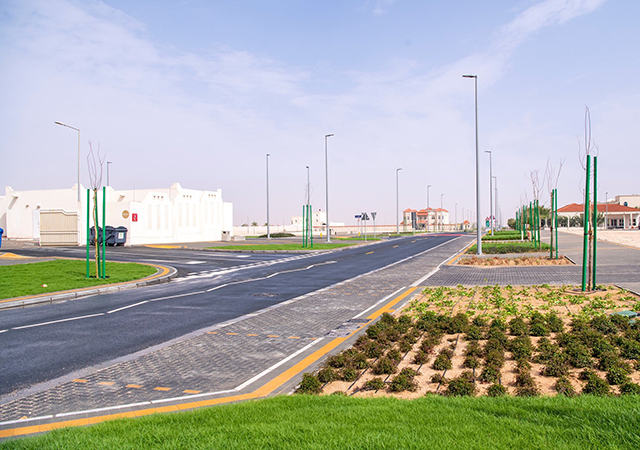
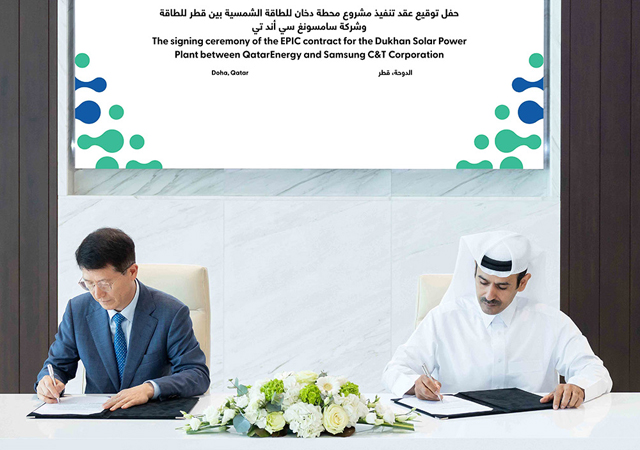
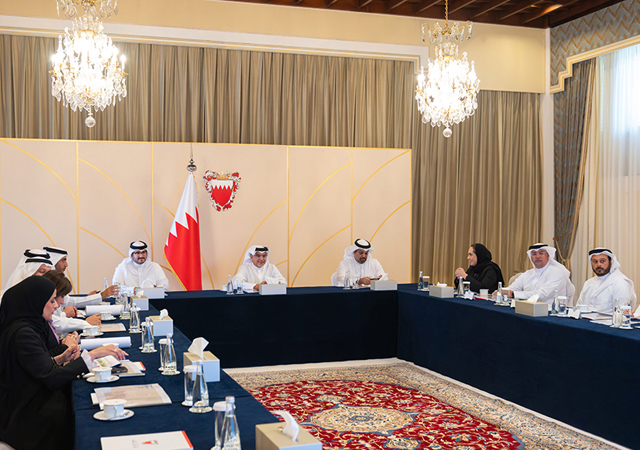

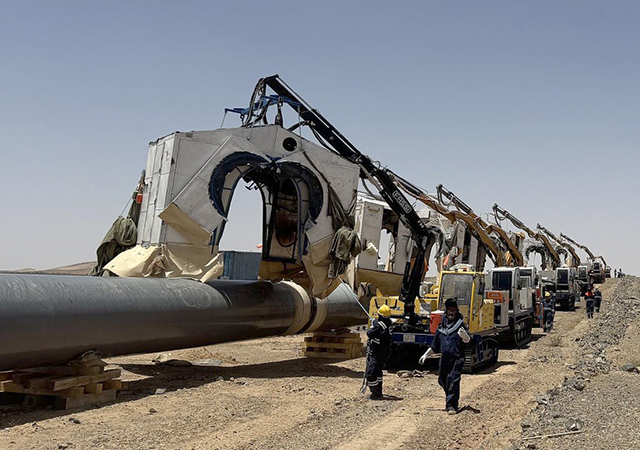
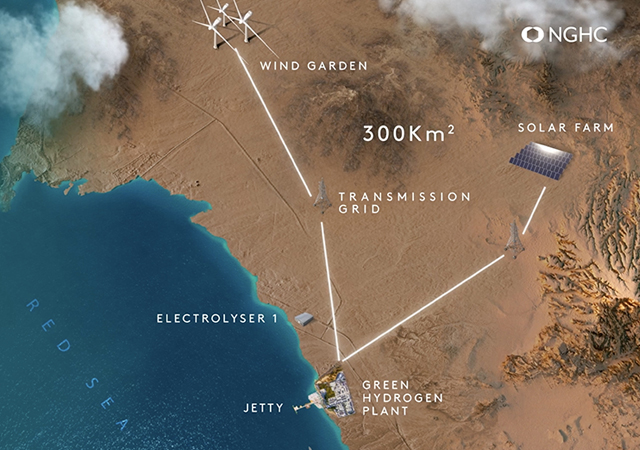
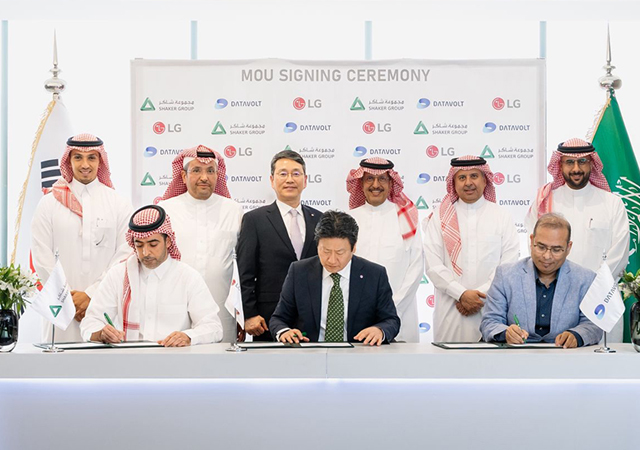
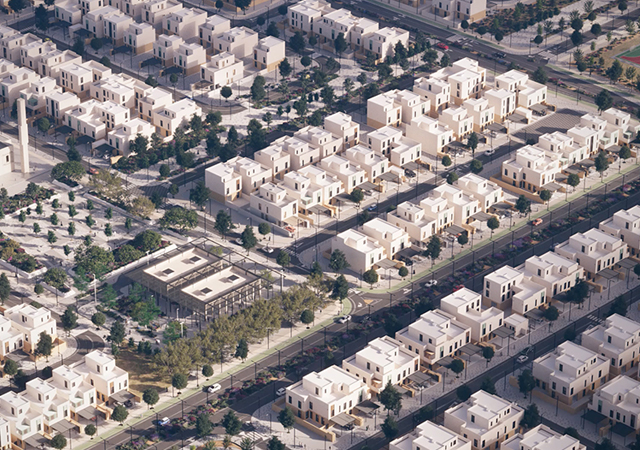
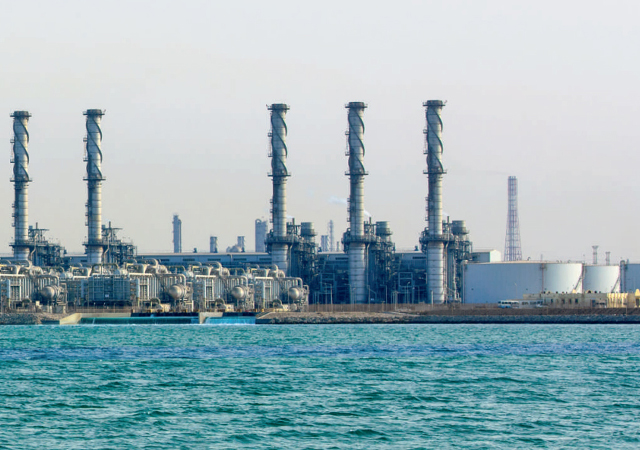
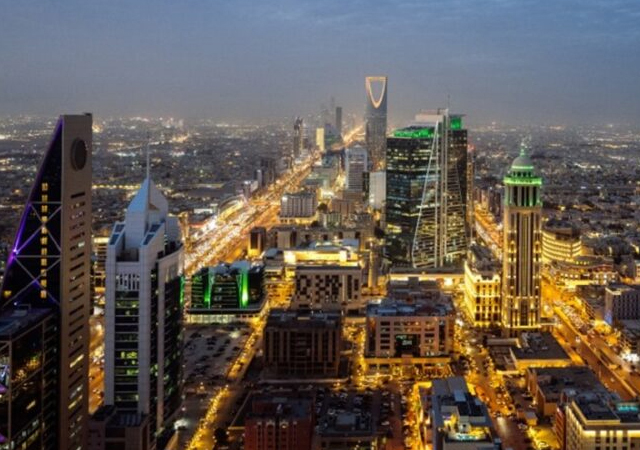
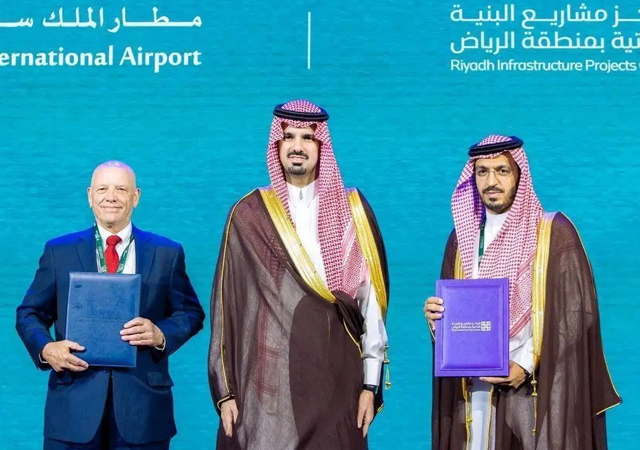
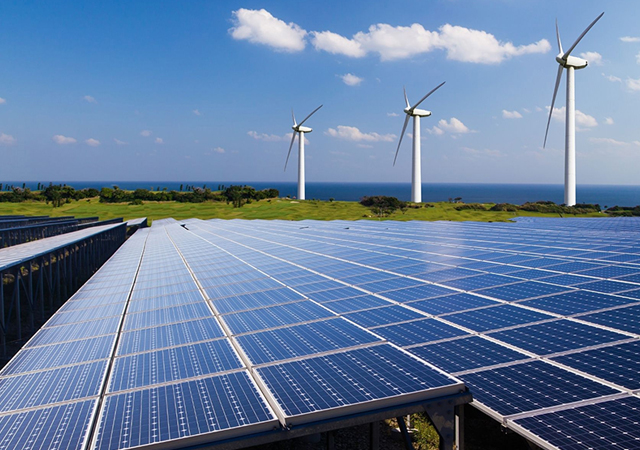
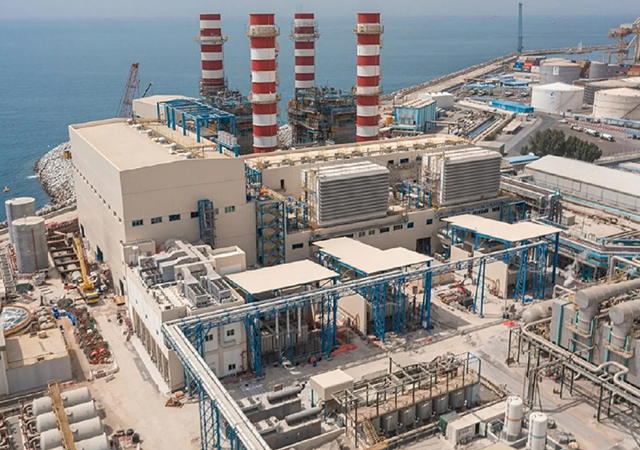
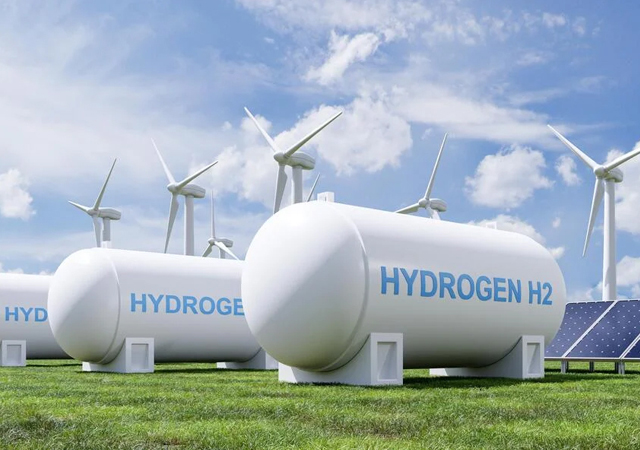

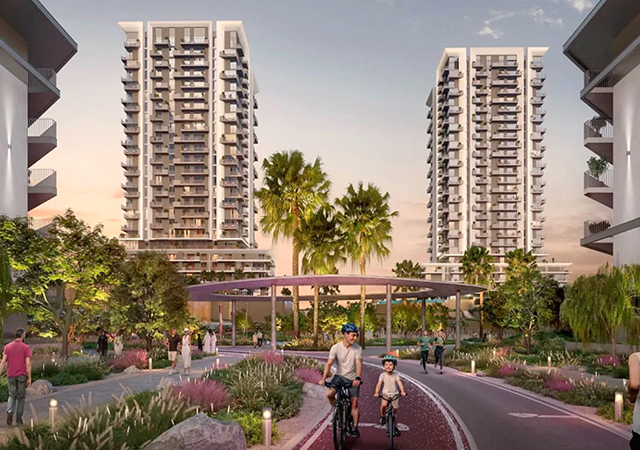
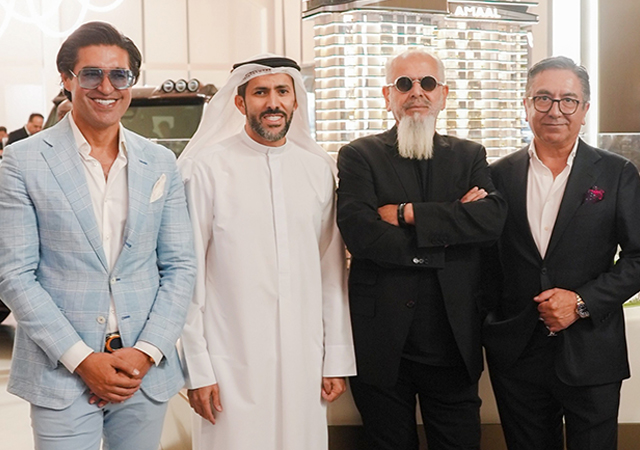
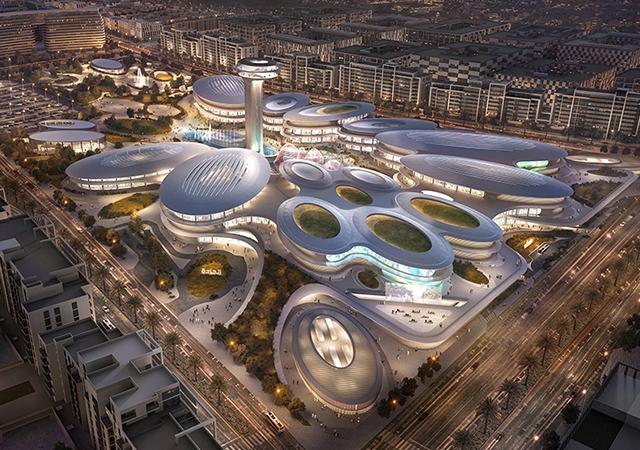
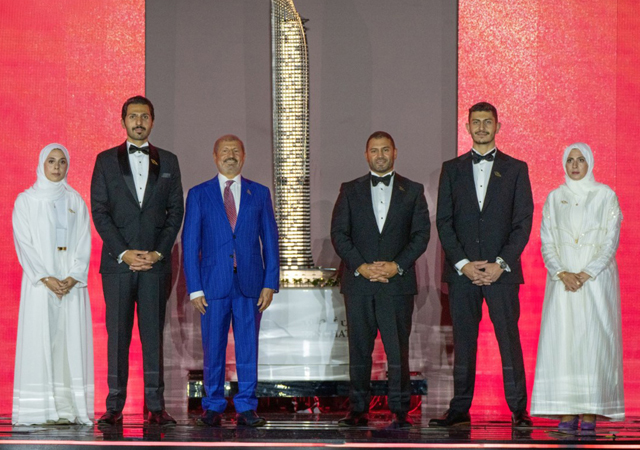
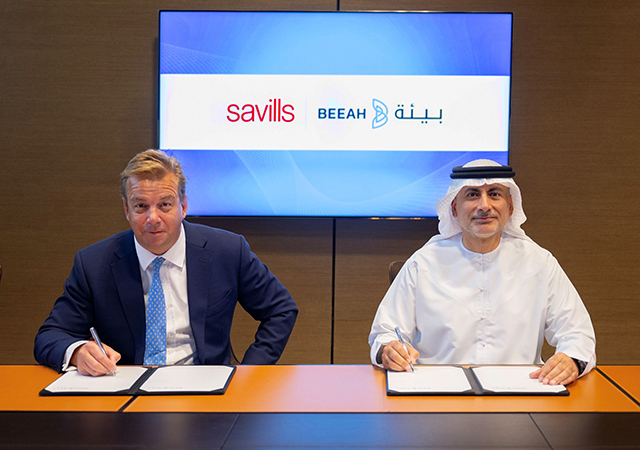
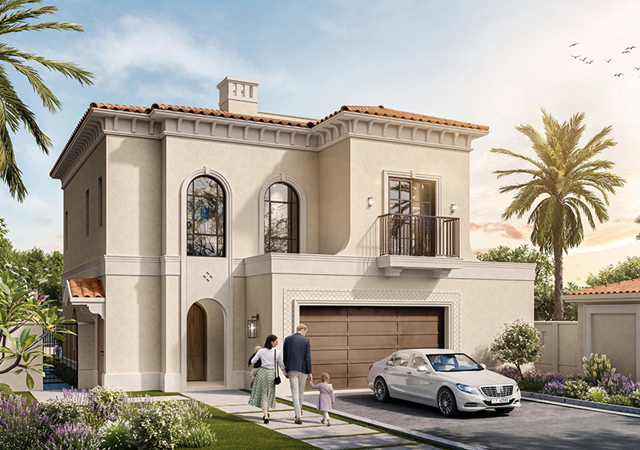
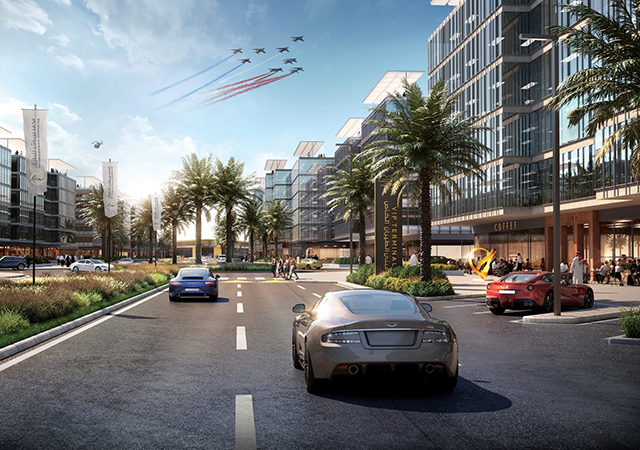
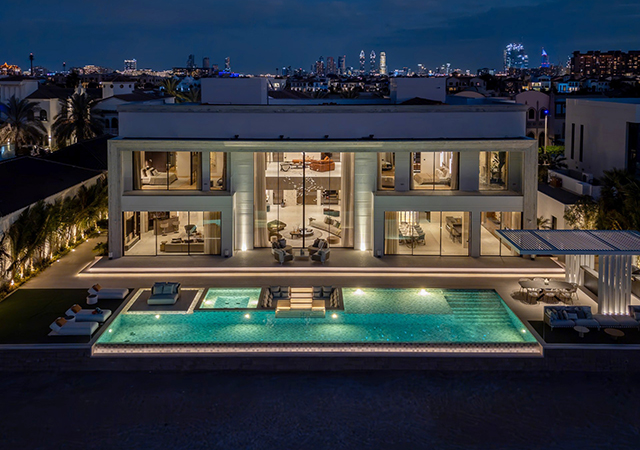
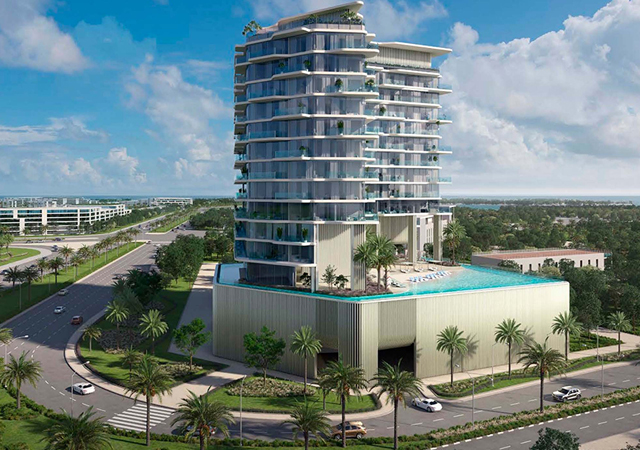
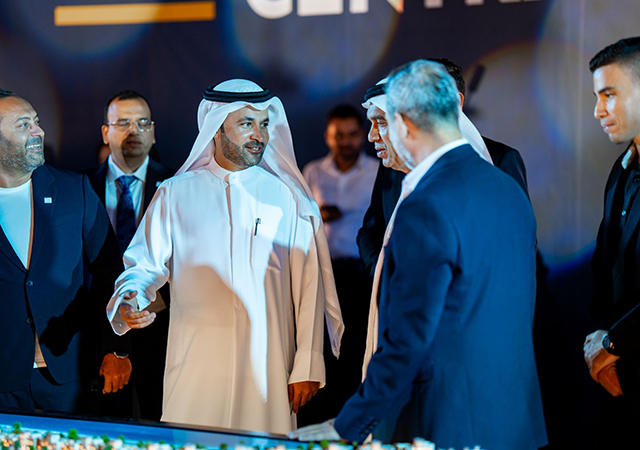
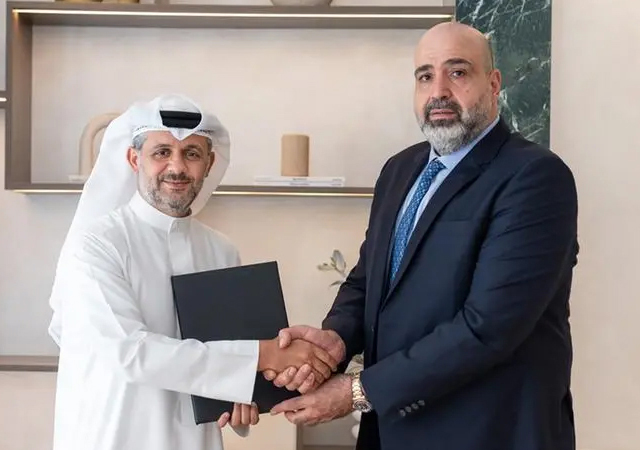
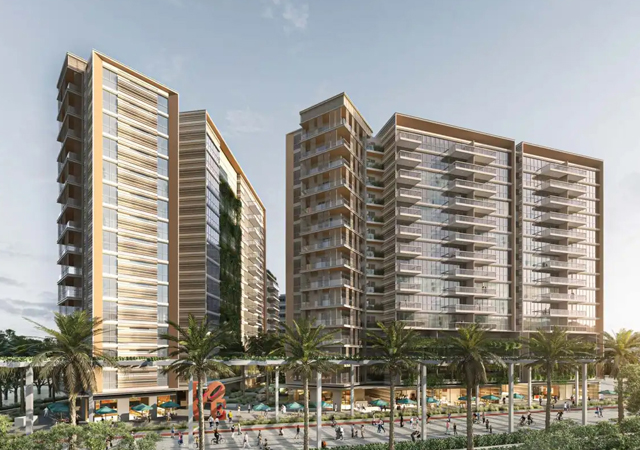
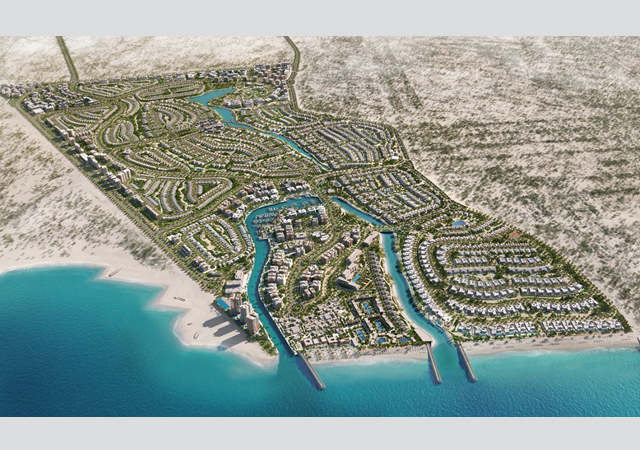
.jpg)
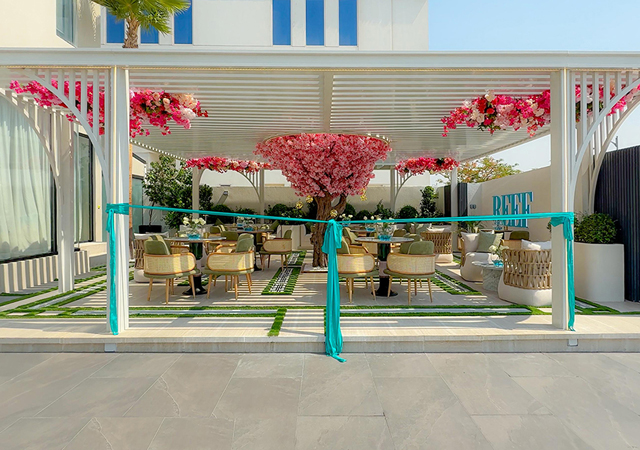
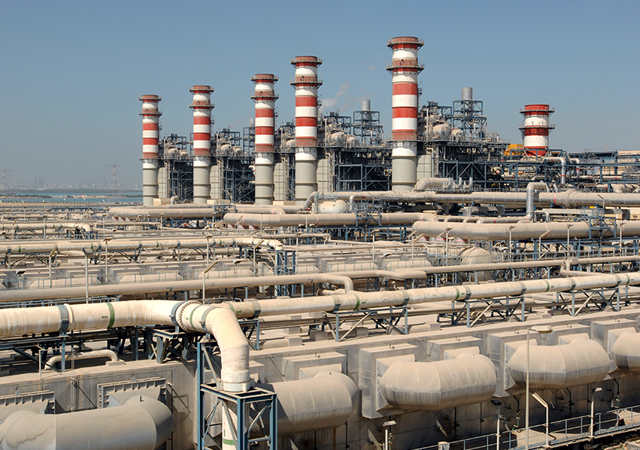
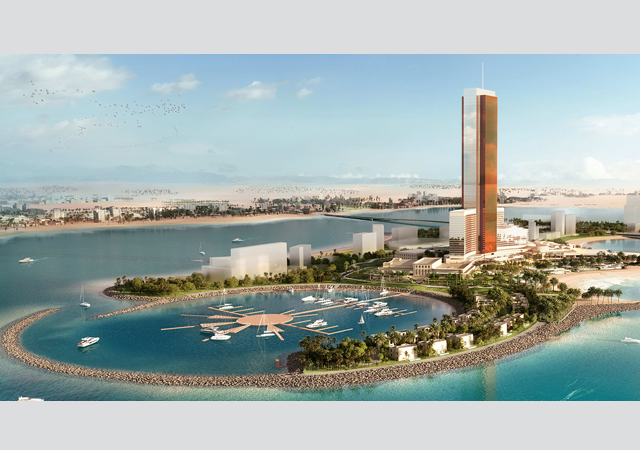
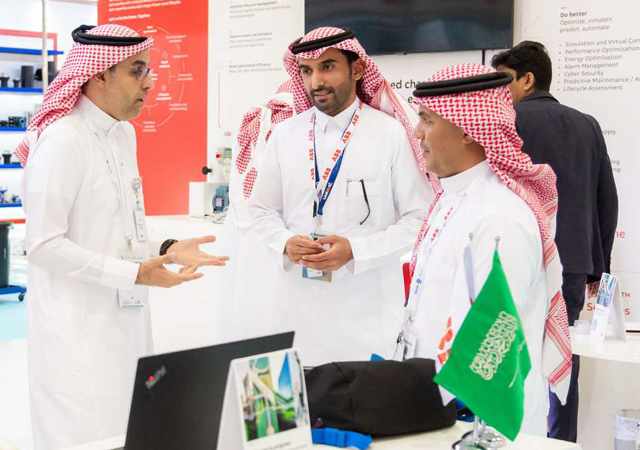
.jpg)
